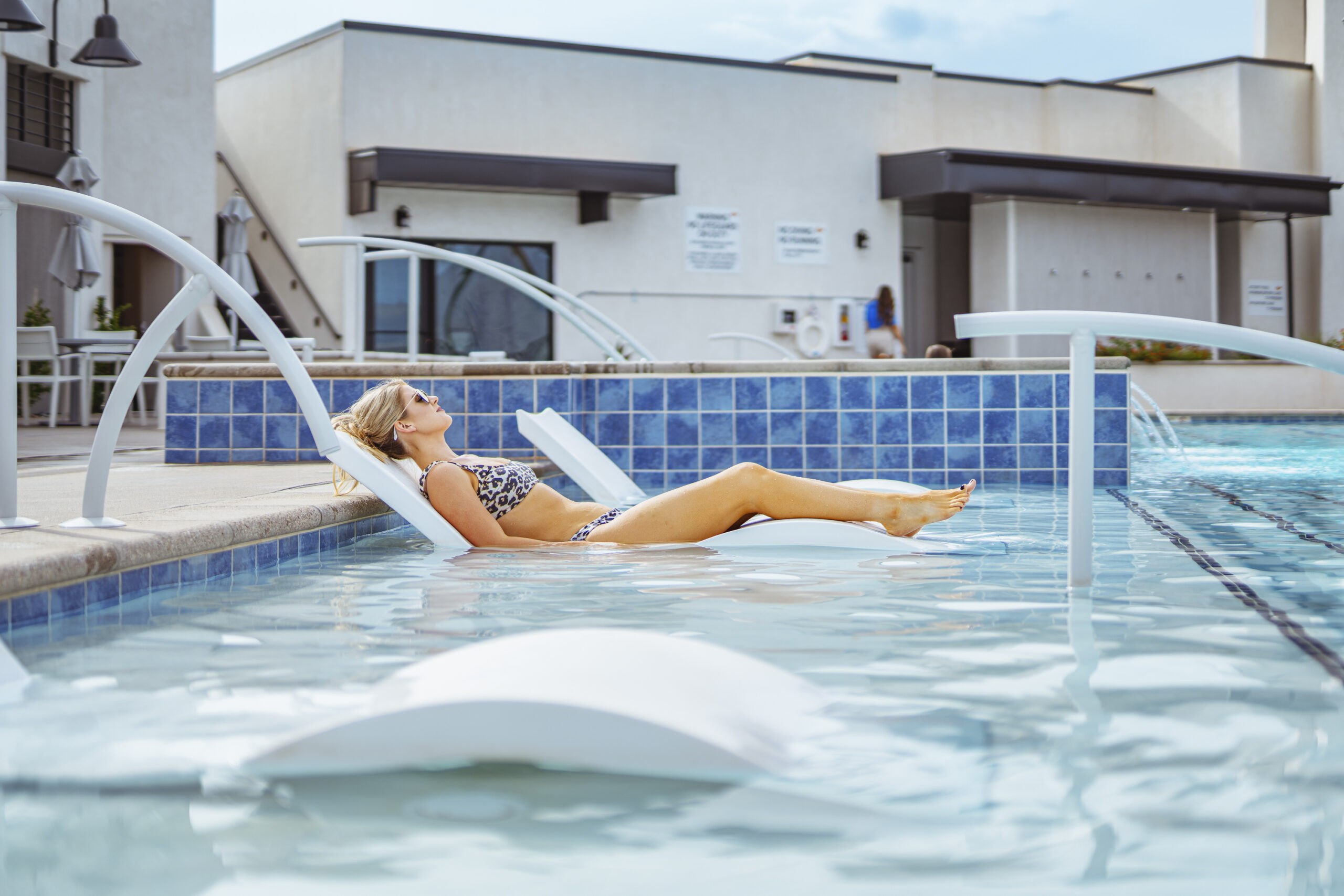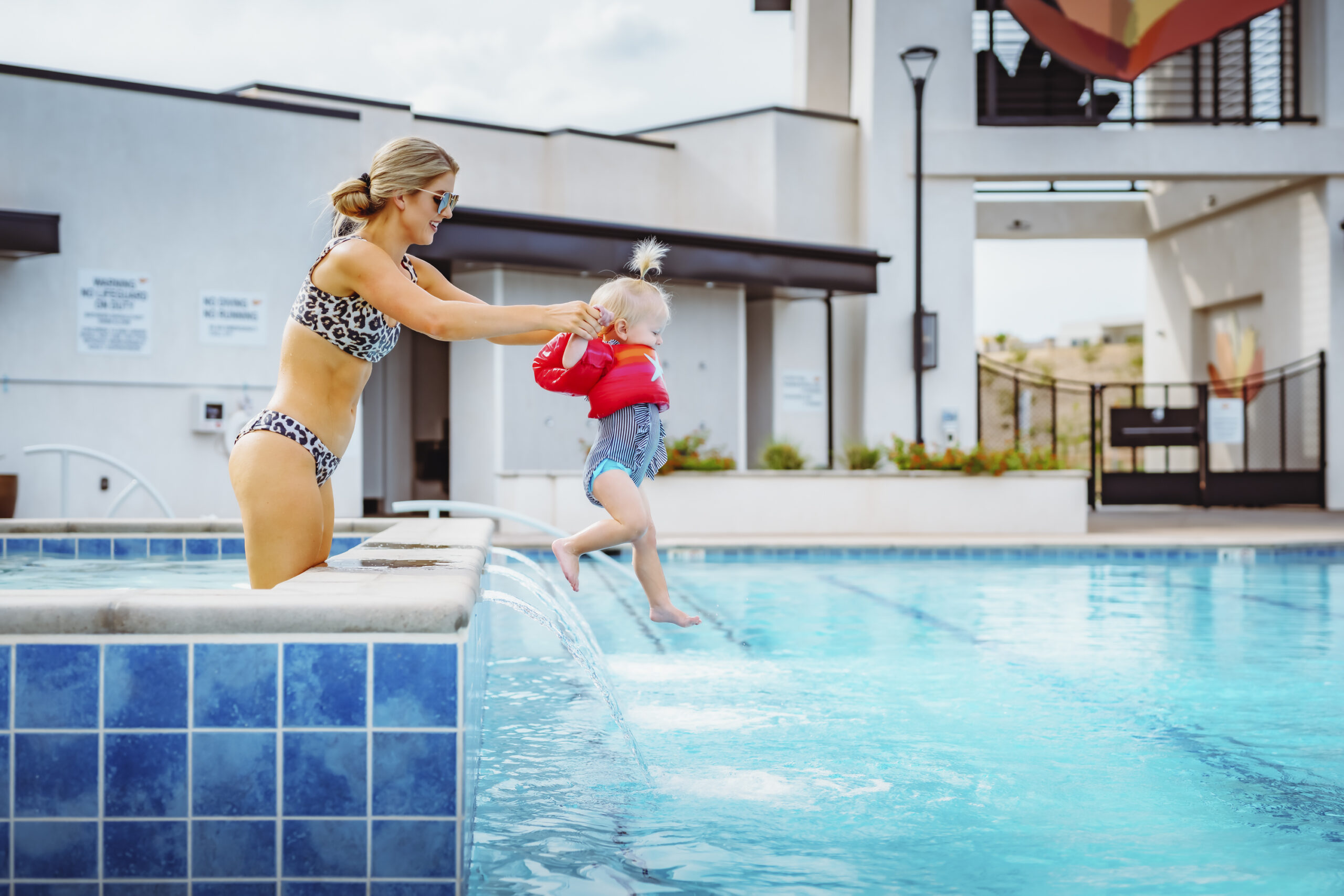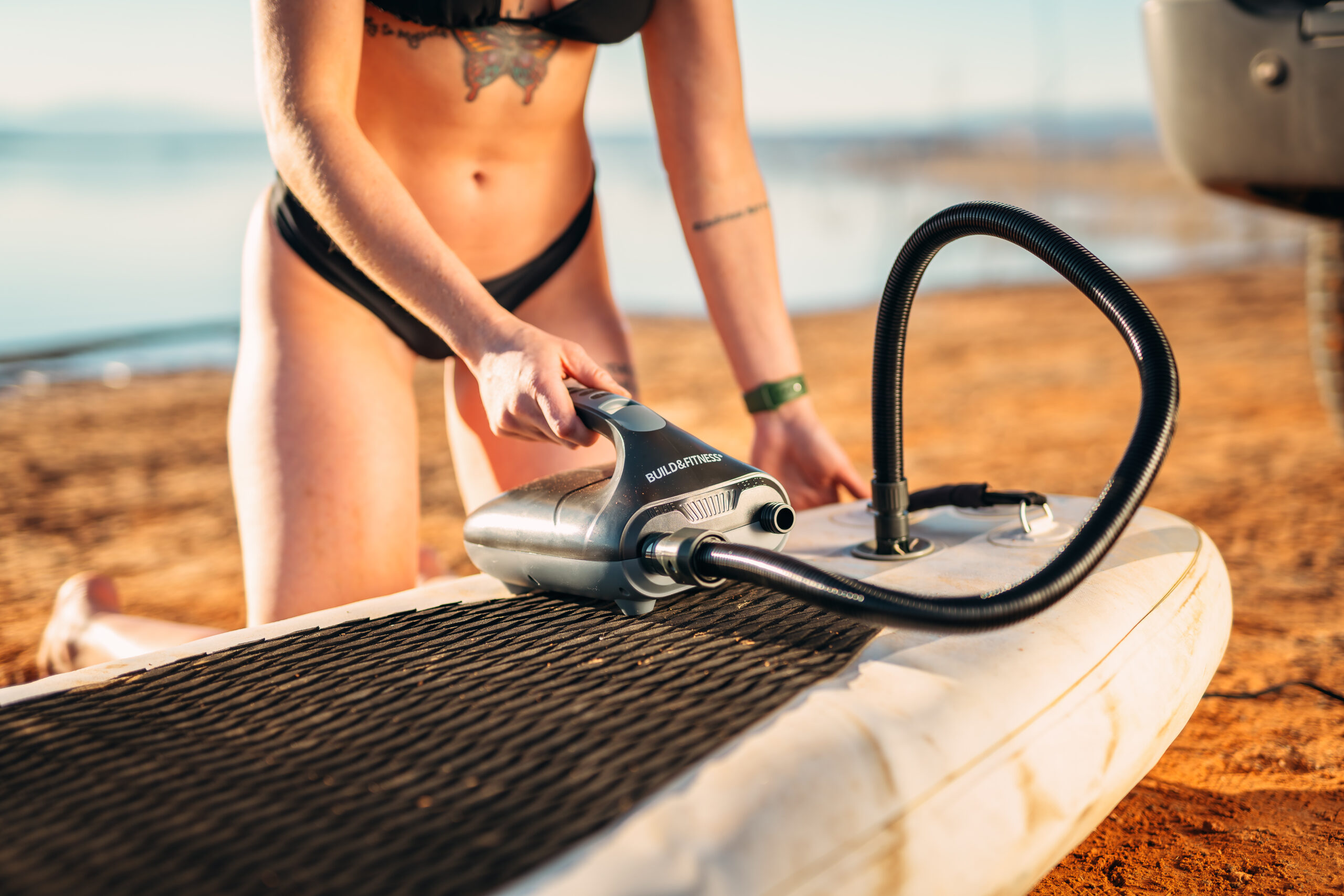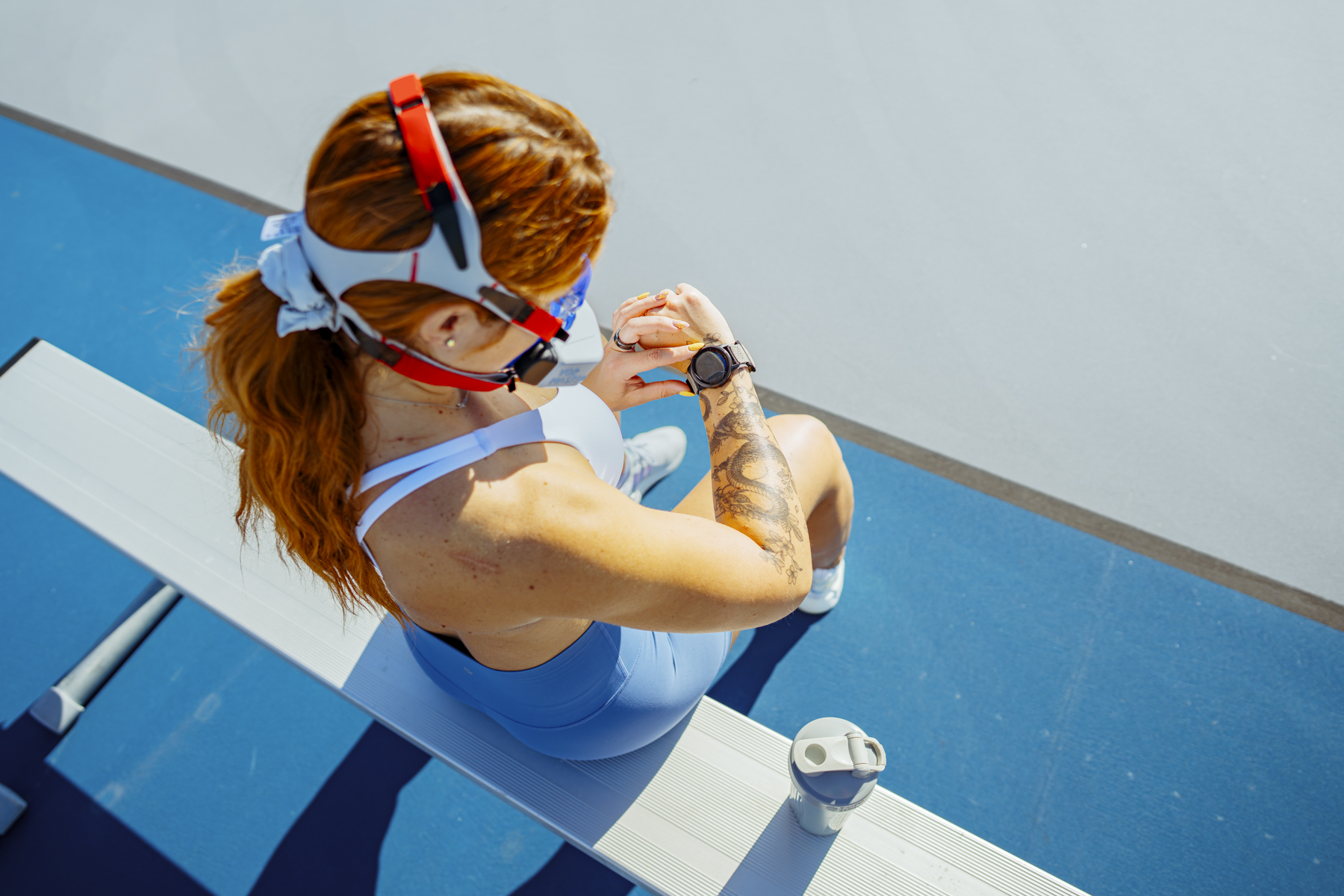When it comes to social media influencers, everyone loves to focus on the number of followers as the primary factor in determining the influencer’s value. The bad news is that the total follower count is a worthless metric on its own. It’s essential to set higher expectations for total aggregate engagement and to focus on the factors that truly matter, such as matching influencer demographics to the target audience and translating active followers into actual engagement.
It’s crucial to set realistic expectations when it comes to influencer marketing. Local businesses must be mindful of the potential reach and engagement they can expect from partnering with social media influencers. Determining the right number of followers for an influencer to have a meaningful impact on your local business is not just about the raw numbers. Several factors play a role in setting the bar high and ensuring that your investment in influencer marketing yields significant returns. In this article, we will explore how to gauge the potential reach of influencers and set a minimum threshold for follower interaction to ensure maximum benefit for local businesses.
Setting the Bar High for Influencers
Don’t settle for less. Consider setting a minimum standard of 100,000 local, engaged followers. A larger audience increases the likelihood of reaching a more significant number of potential customers within your target demographic. However, it’s important to remember that base follower numbers alone don’t guarantee success. The key factors that can translate into actual engagement are:
-
-
-
Follower Demographics Matching Your Target Audience
The influencer’s audience should closely match the demographics of your target customers, including age, gender, location, and interests. For example, if your local business targets women aged 25-40 interested in eco-friendly beauty products, an influencer with a majority of followers in this demographic would be ideal. However, if your business is in the world of home improvement, those numbers are absolutely terrible because the direct correlation between your target audience and the engaged audience of the influencer is unlikely to be more than a very slim margin. -
Active Follower Percentage and Actual Engagement
An influencer with a high follower count and a 3% or higher engagement rate suggests that their audience is active and responsive. For instance, an influencer with 100,000 followers and a 3% engagement rate would have 3,000 active followers per post. However, not all of these active followers will engage with sponsored content. Assuming that 10% of active followers interact with sponsored posts, the actual engagement for your business would be 300 engagements per post which is still a pretty terrible number without a dialed-in way for the influencer to track actual conversion rates (how many engagements actually turned into purchases). -
Genuine Interest in Your Niche
An influencer with genuine interest and expertise in your niche is more likely to drive authentic engagement with your target audience. Their followers are already interested in the content they create and may be more inclined to engage with posts featuring your products or services. 100,000 followers does you absolutely no good unless the vast majority of them are actually going to be interested in your specific business. Remember, an influencer’s base followers are almost worthless. Active, engaged followers with a vested interest in your market niche are the only ones that matter. -
Trust and Credibility
A trusted and credible influencer in the local community can significantly impact your business’s success. Local influencers with a history of promoting local businesses and maintaining strong relationships with their audience can boost the likelihood of their followers engaging with sponsored content. Things to look for will be the ratio of how many posts the influencer posts about themselves versus actually promoting and supporting their local business clients.If the influencer’s page is filled with selfies, that should be a hard pass. You need to find someone with a strong grasp of business engagement with a demonstrated string of recent posts that prove that they know how to engage with a buying audience. The 100,000 adoring fans of your local facebook model are worth absolutely nothing. 100,000 actively engaged users that are looking to shop local deals are worth solid gold.
-
-
Setting the Bar High for Influencers
When partnering with social media influencers, it’s essential to set high expectations for minimum follower numbers, but also focus on factors that truly matter for your local business. Ensure that the influencer’s demographics match your target audience, and their active followers translate into actual engagement. By concentrating on these elements, you can maximize the potential of influencer marketing and make the most of your investment.
When you end up in a conversation with a social media influencer to discuss using their services to help you boost your business, consider using the following questions to gauge their practical business knowledge and their understanding of audience demographics. By asking these targeted questions, you can better assess the potential value of working with any social media influencer. Evaluating an influencer’s audience demographics, engagement rates, past collaborations, and approach to sponsored content will help ensure that the partnership aligns with your business’s goals and target audience.
-
-
- What is the demographic breakdown of your followers (age, gender, location, interests)?
- What is your average engagement rate (likes, comments, shares) for your posts? Can you provide specific examples of recent posts and their engagement metrics?
- How do you typically engage with your audience? What kind of relationship do you have with your followers?
- Have you worked with other local businesses in the past? Can you provide examples and results of those collaborations?
- How do you ensure that your sponsored content remains authentic and resonates with your audience?
- What percentage of your followers is located within the geographic area that our local business serves?
- Can you provide insights into your audience’s purchasing behavior or preferences within our niche or industry?
- How do you handle negative comments or feedback on sponsored posts? How do you address concerns from your followers regarding sponsored content?
- How do you stay up-to-date with trends and best practices within our industry or niche?
- What are your preferred content formats and posting styles for sponsored content? How do you tailor your approach to align with a brand’s values and messaging?
- Can you provide references or testimonials from previous clients, especially local businesses, with whom you’ve worked?
- What are your pricing and payment terms for sponsored content or collaborations? Are you open to negotiating packages tailored to our budget and goals?
- How do you track and report on the success of sponsored content? What key performance indicators (KPIs) do you use to measure the effectiveness of a campaign?
- Are you open to long-term collaborations or ongoing partnerships with local businesses, and if so, how do you envision that relationship evolving over time?
- Can you share examples of sponsored content that you believe effectively engaged your audience and generated results for the collaborating business?
-






